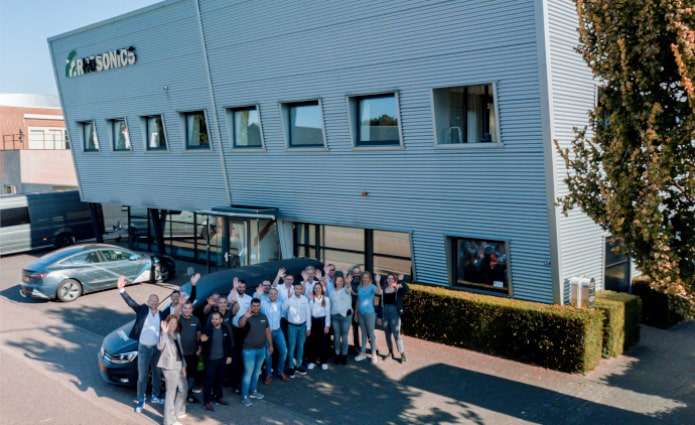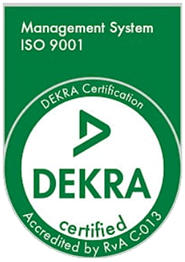浓缩机的控制策略
星期一 21 11 月 2022
Mineral processing plants are optimizing their operations through the use of advanced control systems, with instrumentation playing a key role. These instruments obtain real-time data on processes, which can be utilized in control loops to regulate valves, pumps, reagent addition, and the introduction of dilution water to slurries to increase process stability and efficiency. This blog will discuss the most common control variables for thickener optimization.
Challenges in Thickening/Dewatering
Companies often encounter various issues in the thickening/dewatering process. One of the most common problems is when the underflow density deviates from the target value, resulting in the presence of solids in the overflow. When the density in a tailing thickener is lower than the target, it can cause water loss into the underflow. This can shorten the life of tailing dams. On the other hand, when the density is higher than the target, it can lead to pump blockage during material transfer to the subsequent process stage. To address these issues, companies need to implement effective control strategies that can optimize the thickening/dewatering process.
Solids in the overflow can significantly affect product quality and cause downstream process issues such as difficulty operating or maintaining filters. Other challenges in the thickening/dewatering process include sliming/flare events, excessive flocculant use, lack of insight into throughput, absence of real-time measurements, and rake bogging/shaft breakages.
Why Process Control?
In real-life situations, there are numerous disturbances in the process, including volumetric flow, changing ore types, particle size changes, and Rheology conditions, among other factors. Therefore, it is crucial to have good control over the process. This requires measuring all possible variables that might arise.
Traditional Control Strategy
Many control strategies are possible for any part of the process. The traditional approach often involves single-loop (PI) controllers to manage underflow pumping and speed based on density. However, this method may require excessive amounts of polymers to compensate for changes, and in some cases, operator intervention is necessary. Therefore, single-loop (PI) controllers are suboptimal for handling the slow and complicated process dynamics.
Advanced Control Strategy
A traditional control strategy is less effective than an advanced control strategy. Consultants usually create Model Predictive Controllers (MPCs) for each process. They determine the best-suited model to the process by creating various models and using all available data to indicate the required instrumentation. Real-time automatic control of desired setpoints (e.g., underflow density, overflow clarity) is possible with these models. This is a standard method for control purposes with a multivariable character and complex response dynamics.
Control Actions for Thickeners
优化浓缩机性能有不同的目标:
- To ensure optimum solids content in the tailings impoundment, an underflow density target is used. Additionally, this target ensures optimum water reclaim for the mill.
- - 床层/泥浆水平目标用于获得浓缩机中的最佳装料量,而不会使驱动装置超载。
- - 床层压力用于指示固体存量。这有助于系统确定高床层是沉降率降低还是固体存量增加的结果
- - 在某些情况下,驱动扭矩目标可作为可接受的底流流变性的指标
Also read our other blog: Control strategies in flotation
是否收到我们的技术更新?
请填写您的姓名和电子邮件地址,我们将及时向您通报最新的技术更新。




